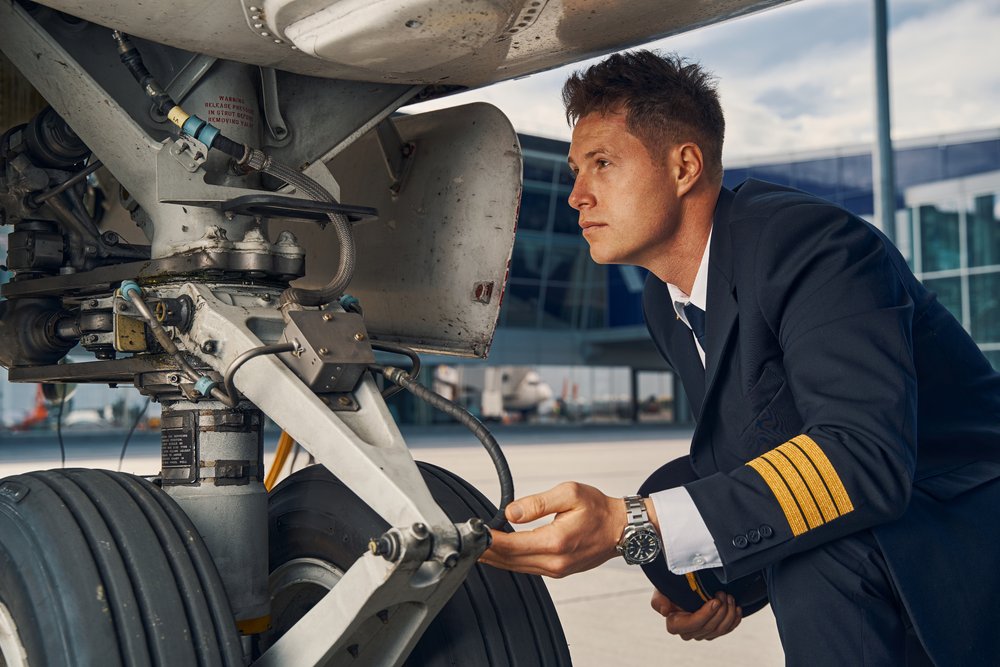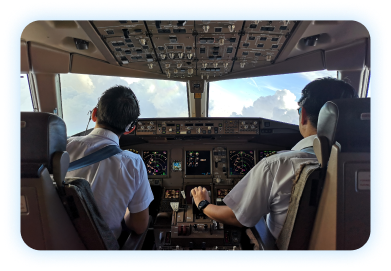Outlook for Pilots in North America COVID-19 has represented a great challenge for the world economy, the arrival of the pandemic has generated a great impact in various industries and aviation has not escaped its effects. In fact, for the year 2020, it suffered a considerable decrease in its expected earnings per year derived from the closure of the borders and the abrupt drop in air travel, due to the restrictions on flights as a measure to prevent the spread of the virus. Consequently, there was a reduction in the need, therefore, in the hiring of pilots and technicians. Many of the pilots were suspended, the airlines during that year worked to a minimum, but with an oversupply of trained personnel who are inactive in their work. However, state subsidies, and incentives for early retirement, and reduction in working hours, these measures had negative effects that in many cases led staff to seek another type of occupation. Is still worth a career in aviation? For those who wonder if this panorama shows the decline of the aeronautical industry, the answer is no. Despite these circumstances, the airline profession has not lost its appeal and its strengthening and positioning in the coming years are estimated. By 2019, being a pilot or holding a position within the aeronautical industry was one of the most attractive occupations due to its profitability within the labor market, as a consequence of the shortage of active pilots whose percentage has decreased by 5% and of technicians whose availability has been reduced by 3.9% due to the high demand for this personnel. Therefore, a progressive expansion is estimated that will allow the aeronautical industry to quickly recover 80% of the losses generated by the pandemic in three years. It is even expected in the next ten years the hiring of 260,000 new pilots. However, the challenges it must face are showing an increase in its profitability. Even though in the coming years there is a 1,2% reduction in the requirement for pilots and technicians if compared to 2019, in these next ten years it is hoped to have a workforce that has 763,000 active pilots and 739,000 maintenance technicians. These are encouraging figures for personnel whose work is suspended given that they will soon be able to return to their positions within the industry either civilian or within the ranks of the State once the flights are restored. In this sense, it is valuable to make a career as a pilot, this is due to the high demand for flights, based on the increase in users who must travel around the world and who require this service to shorten distances, circumstances that will be appreciated once the current restrictions are lifted. Hence, there is considerable growth that demands more pilots and air personnel. Among the main reasons, the hiring of more than 20,000 pilots is expected only in 2021 with an increasing need because in the next few years the retirement due to age of around 80,000 pilots is expected, who meet the statutory 65 years for it. These mandatory recalls continue to grow so the pilot shortage remains. Another factor that influences the shortage is the complexity of their training during two years that require many flight hours to complete the professional preparation. New Pilots education The aeronautical industry is a market in full expansion that will continue to change, it is not the first time that it has to face serious challenges that shock the nations of the entire world, these times of financial crisis have allowed its innovation in the transformation of the industry. This increase in the requirement of air service demands great efforts and investment and trust in new technologies that allow redefining the process of industrial advancement. Thus, a modification in the training of the pilots is foreseen to ensure that they are adequately trained. For this, the use of technological resources such as artificial intelligence to optimize security measures and others that currently allow the training of pilots is not suspended through virtual reality programs that can be used from home to complete the required flight hours, but safely, since they have no risk of contagion. It proposes a more flexible instruction that adjusts to the learning needs of the students. This has to focus on proposing virtual and individual assignments that personalize the preparation of students, according to their strengths, weaknesses, and current demands. Students mustn’t suspend their instruction given that properly trained professionals will have ample job opportunities once these three years of post-pandemic recovery are completed. It is observed how these types of scenarios that break the continuous march of events, serve to find ways to improve the industry as they challenge human inventiveness to avoid losing market space and that is where the personnel training schools have to aim. aerial. For this reason, the true challenge of the industry worldwide lies in motivating people, not only pilots but also cabin members and technicians to continue their training, since they are a key element in the development of aviation. The main challenge is to motivate the number of people requesting certificates and licenses to rise to satisfy future demand. At the moment, airlines have the opportunity to continue operating and offer new destinations to users, using current staff. The favorable outlook for the industry will allow new positions to be opened that offer a better service.
The Future of the Industry – 2025 Pilot Outlook





